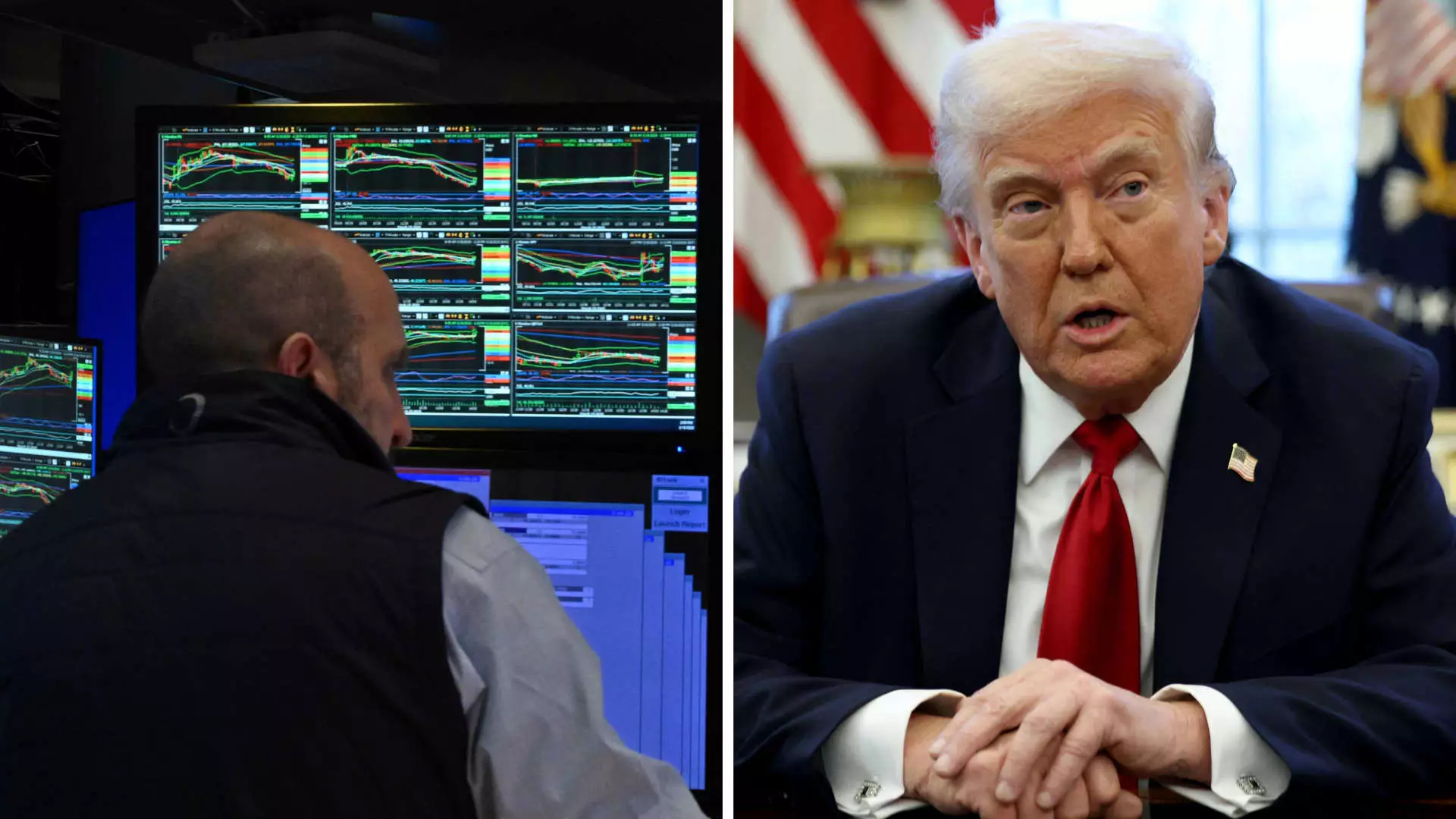In a financial environment fraught with uncertainty, especially surrounding impending tariff deadlines, a prevailing sense of dread has gripped investors. This atmosphere bears stark resemblance to the panic following the collapse of Silicon Valley Bank in March 2023, a sentiment shared by Evercore ISI’s Julian Emanuel. The prevailing belief is that such palpable anxiety is ultimately misplaced and underestimates resilience in the market. With emotions running high, it’s crucial to sift through the noise and identify the underlying opportunities that the current environment presents.
History Repeats: Fear vs. Recovery
Drawing parallels between today’s market and earlier crises can provide insight, yet focusing exclusively on fear can cloud judgment. Emanuel points out that the challenges facing the market now are steeped in the same pessimism that shadowed investors in March. Back then, financial institutions were teetering on the edge, yet the Fed’s decisive intervention reaffirmed the government’s commitment to stabilize the banking sector. In light of this precedent, it’s possible that the current tariff concerns may be resolved more favorably than anticipated, especially if stakeholders adopt a forward-thinking mindset rather than wallow in uncertainty.
Shifting Focus: The Case for Growth Sectors
Amidst this backdrop of negativity, there lies an opportunity to reengage with sectors that previously shone during bull markets, notably technology, communication services, and consumer discretionary. Despite their recent underperformance, these sectors can rebound strongly as companies in this space are poised to initiate stock buybacks, thereby propelling share prices upwards. Investors should pivot their strategies, shifting focus from “safe havens” that have performed well in quarters of negative growth toward sectors with long-term growth potential.
Defensive Plays and Their Place in the Market
While Emanuel acknowledges sectors like healthcare and consumer staples for their defensive characteristics — showcasing gains of 6% and 5%, respectively, during a turbulent first quarter — it’s important to remember that these gains occur in a context of risk aversion. Defensive investments, though seemingly secure, may lead to diminished growth potential over time. The tendency of investors to flock to these sectors during downturns can set a dangerous precedent by stifling innovation and growth, undermining the very markets that could recover swiftly.
A Brighter Forecast Amidst Gloom
Emanuel holds a bullish outlook with a staggering year-end price target of 6,800 for the S&P 500, implying a remarkable 21% gain from its current levels. This optimism is derived from a belief that even amid ambiguity — which tends to spiral into exaggerated pessimism — markets have an inherent ability to recover. It’s a call to action for investors to resist succumbing to fear and instead engage in decisive capital allocation. The belief that clarity is a prerequisite for recovery is fundamentally flawed; the market often thrives amidst uncertainty, capitalizing on human emotion as its volatile fuel.
In a world where information can swing sentiment in either direction, leveraging emotional intelligence and analytical foresight is paramount. Embracing the upcoming changes with a proactive mindset can distinguish the winners from the losers in this tumultuous market landscape.

